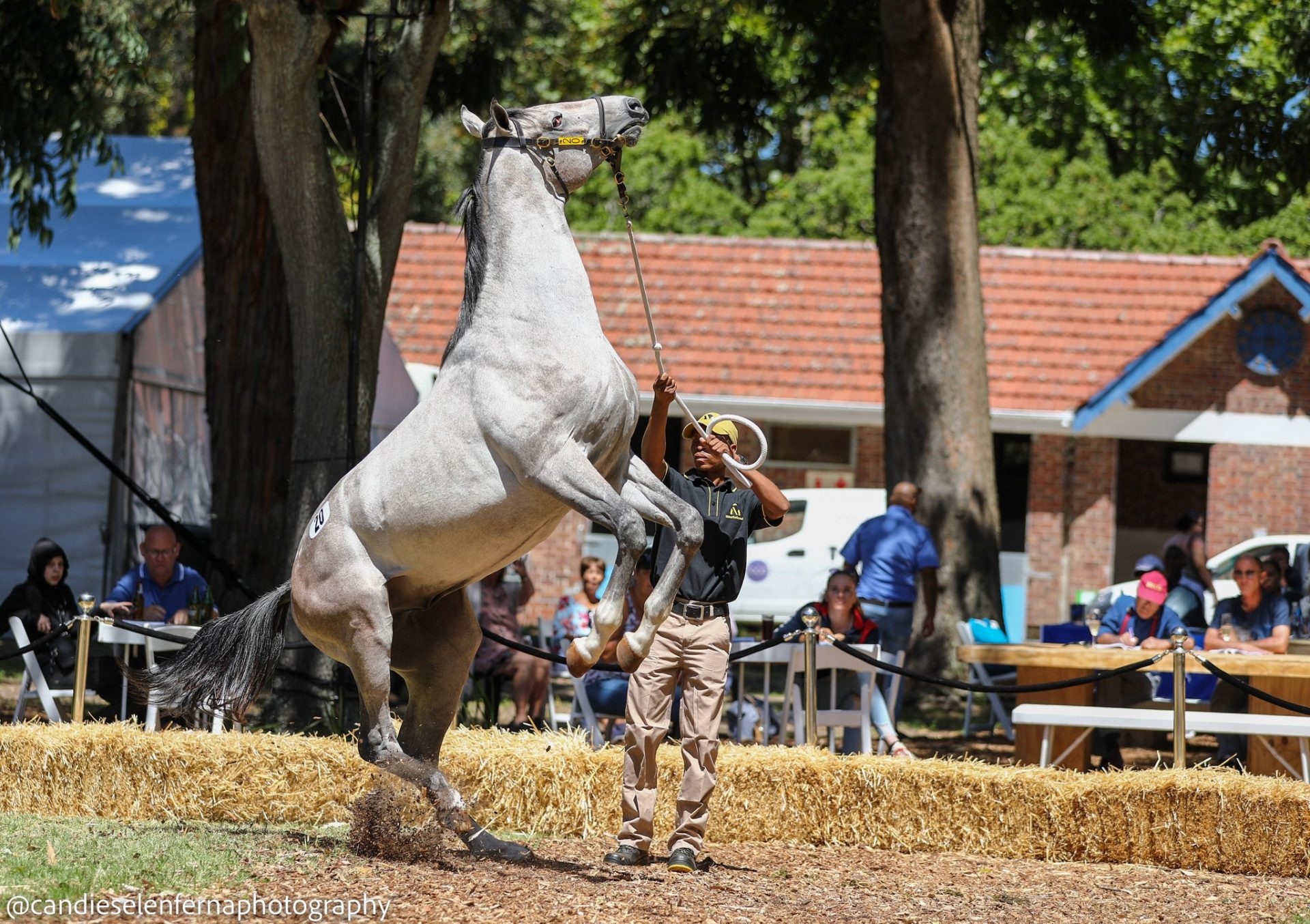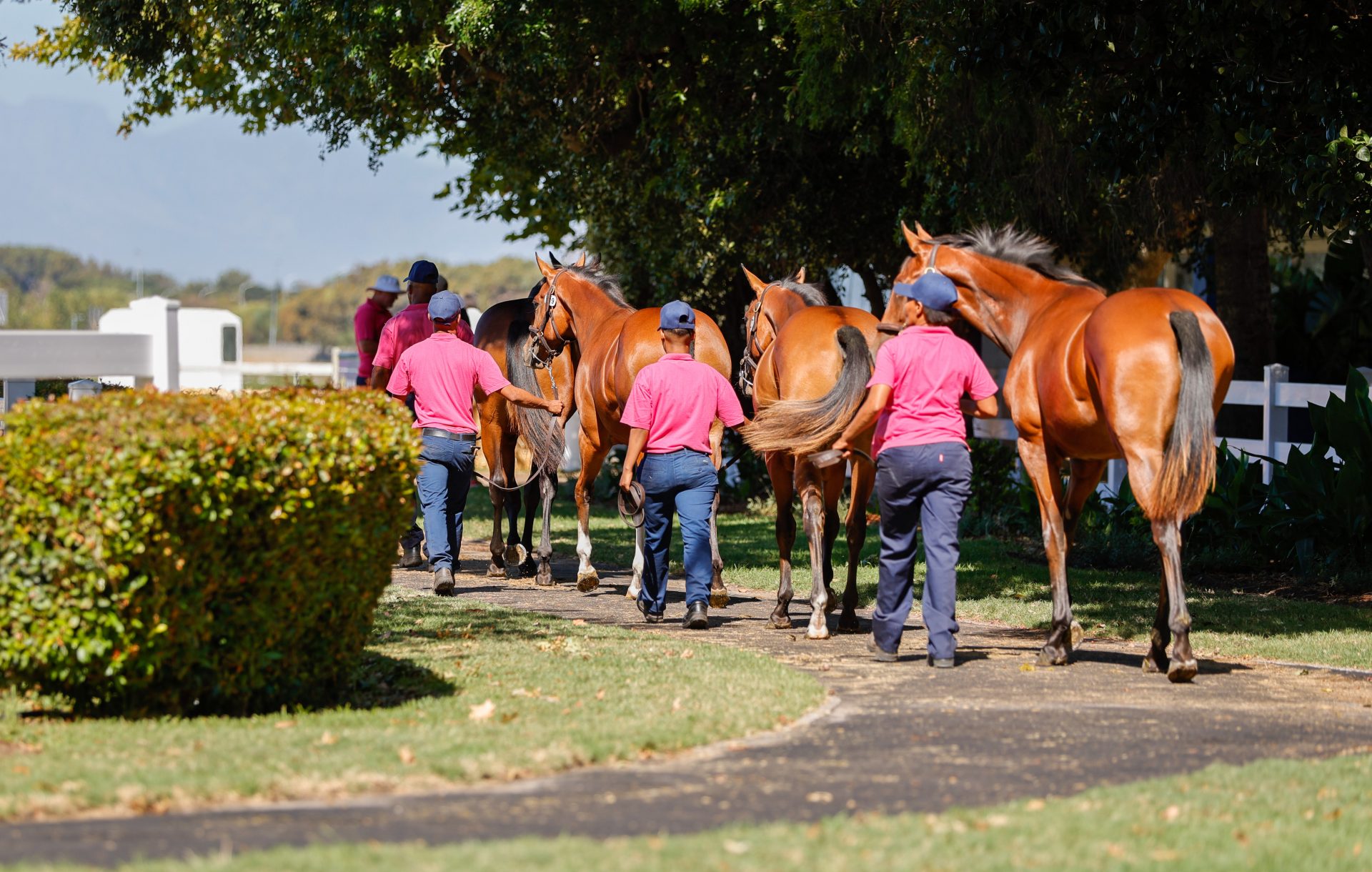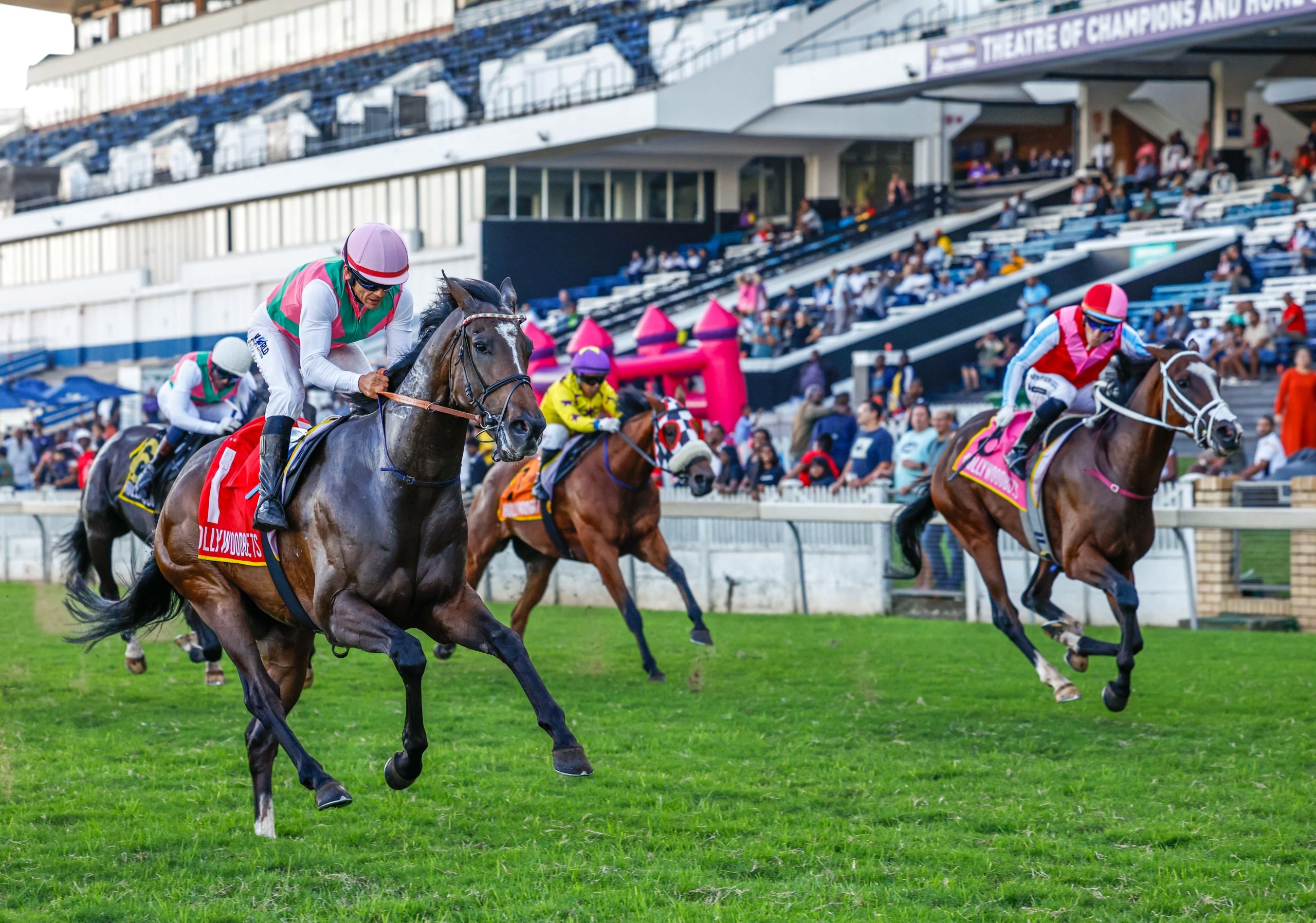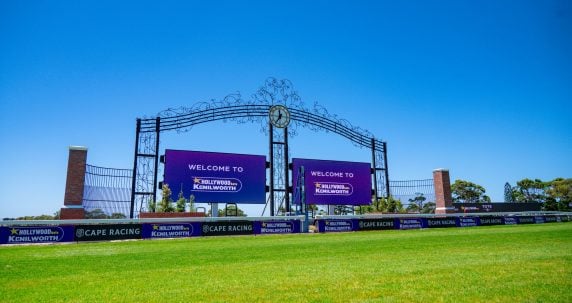Sunday’s BSA Cape Yearling Sale showed handy increases in both average and median prices over the 2022 sale. The jump in those measures from 2021 to 2022 was dramatic, effectively getting the sale onto a new plane from where it was before.
Have a look at the full table of aggregated results here: https://bsa.co.za/event/cape-yearling-sale-7/#/stats
I always prefer looking at medians rather than averages, because a few top-end prices can distort the averages.

This year’s median (of R130k) is below production cost, but it’s double where we were in 2021, and more than treble 2020.
On this measure alone, the industry is heading into healthier territory.
After the sale, I jokingly said to someone that 80 is the new 50, because of an observation that the band of horses that may have gone for R50k in the past, was now going for R80k. So, I took a look under the hood to see what that translated into for vendors.
How many horses sold for R200k and above:
2019 – 7
2020 – 10
2021 – 12
2022 – 33
2023 – 48
How many horses sold for R100k and above:
2019 – 29
2020 – 28
2021 – 42
2022 – 85
2023 – 102
How many horses sold for R50k and below:
2019 – 74
2020 – 73
2021 – 56
2022 – 32
2023 – 23
Anyone looking back on the numbers could be tempted to wonder why BSA even bothered to offer a sale that was producing a median of R40k, with hardly any of them selling at a profitable level. Thankfully they persevered – and continued to receive support – and now we have a sale that is starting to look like a viable option for better quality horses.
Clearly, these numbers have big relevance for the horse population. If we breeders have confidence that we can at least be sure of recovering costs when we sell our yearlings, we’ll increase our broodmare numbers.
The numbers above indicate that the market is moving in the right direction.
Our Normandy Stud draft averaged R185k for the ten yearlings we sold, which is still some way off being sustainable.

The Normandy draft do the walk of fame (Pic – Candiese Lenferna)
Given the very polarised nature of sales prices, not everyone will be in this position, and until more breeders can confidently fund their foal crops from yearling sales, horse population will remain at risk.
The knock-on effect is that few breeders have surpluses to invest in the stallions we so desperately need, which suggests that both quality and quantity may suffer in due course.
As I watched some of our our fillies struggle to make reserves of R80k (that had been revised downwards from R120k), there was very much a sense of being in the trenches. However, that is not a viewpoint that enables a proper perspective. While we are not yet where we want (or need) to be, the numbers above indicate that we are unquestionably in a better place than we were last year, and in the years before that.
I’m enormously grateful for the input – both time and money – of all the people that have made it possible for this to happen. Onwards and upwards!









